When many people picture an early childhood education classroom, they imagine brightly colored and variously themed displays in every available space in the room. These pin-worthy decorations are meant to capture the attention of kids in the classroom and hopefully engage the students in order to enhance their learning. Stunning visuals depicting a variety of activities, organized in a way to carry a child’s attention from display to display, all with the intention of influencing a child to love learning.

But, what if these elaborate decorations are not actually helping students learn? What if traditionally structured classrooms, with all of their creative and colorful displays, are actually interfering with a child’s ability to learn.
Now take a look at a Montessori classroom.

Montessori classrooms intentionally refrain from using elaborate decorations that distract a child’s attention, and instead their shelves are filled with all of the carefully organized activities that children call “work.” Children are free to choose what activities they will interact with during the daily work cycle (generally 2 cycles a day – morning and afternoon). The walls are left with lots of white space, with only carefully selected art pieces hung up. All of which is meant to limit the distractions to the work at hand, and foster the love of learning. Rooms are pleasing and gentle to the eye, rather than assaulting on the senses.
Last month we published an article by Laura Flores Shaw about modern science validating the Montessori educational philosophy developed by Dr. Maria Montessori over a century ago.
Once again, current research is showing that Dr. Montessori was well ahead of the curve when it comes to understanding children’s educational needs.
Researchers from Carnegie Mellon University’s Department of Psychology and Department of Statistics, have published an article this year emphasizing the importance of a focused learning environment for young children. The study demonstrates that students in classrooms displaying only materials relevant to the lesson being taught had significantly more focus, on-task behavior and learning gains than students in a typical, heavily decorated classroom. The more irrelevant materials present in the learning environment, the more distracted the students became, and the less they learned.
The Montessori principle of a prepared environment states that the classroom in which children learn most effectively “contains all the essentials for optimal development, but nothing superfluous.” The focused, prepared environments in Montessori schools promote concentration, serves the absorbent mind (or, a mind that is prepared to absorb knowledge), and fosters the child’s ability to move from concrete to abstract – all of which are essential aspects of the Montessori approach, and are once again being affirmed by scientific research.
It is not incidental, as Laura Flores Shaw pointed out, that Montessori schools are flourishing at every age and grade level. The Montessori approach works!
Researchers have recently begun to quantify the truths that Dr. Maria Montessori championed over one hundred years ago. Along with other current research – like that at the Princeton University Neuroscience Institute which proves an uncluttered environment increases the minds ability to focus and process information – placing your infant, toddler, preschooler or elementary-age child in Montessori educational environment makes sense, and is the best way foster a life-long love of learning.
At Chesapeake Montessori School, the premier private Montessori school of Hampton Roads, VA, implementing the principle of the prepared environment is a priority in our classrooms. We are not simply providing daycare or child care for kids in Southeastern Virginia.
Walk into any of our classrooms and you will see that we are empowering our students to grow to their fullest potential by creating spaces where they excel at independence, manipulate the world around them and learn by doing instead of by being told. Our prepared environments liberate children to learn enthusiastically, as well as responsibly through their entire lives.




